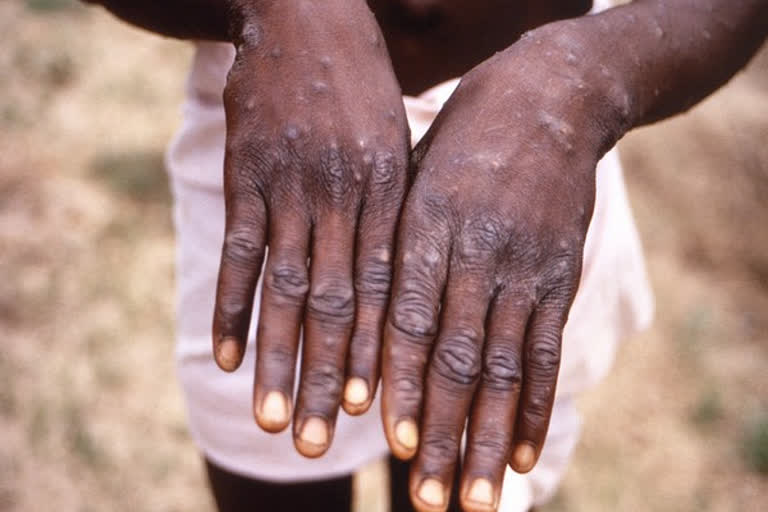New Delhi:India has reported four cases of monkeypox so far - three from Kerala and one from Delhi - the latest being that of a 34-year-old man in the national capital with no history of foreign travel testing positive for the disease. The patient, who is presently recovering at an isolation centre at the Lok Nayak Hospital, had attended a 'stag party' in Himachal Pradesh's Manali recently, official sources told the PTI.
Q. What is monkeypox?
A. Monkeypox is a viral zoonosis (a virus transmitted to humans from animals) with symptoms similar to those seen in the past in smallpox patients, although it is clinically less severe. There are two distinct genetic clades of the monkeypox virus - the Central African (Congo Basin) clade and West African. The Congo Basin clade has historically caused more severe disease and is thought to be more transmissible.
Q: What are the symptoms and what is the recovery period?
A: Monkeypox is usually a self-limited disease with the symptoms lasting two to four weeks. The case fatality ratio has historically ranged from zero to 11 per cent in the general population and has been higher among young children. In recent times, the case fatality ratio has been around three to six per cent. Monkeypox typically presents itself with fever, headache, rashes for up to three weeks, sore throat, cough and swollen lymph nodes.
The symptoms include lesions, which usually begin within one to three days of the onset of fever, last for around two to four weeks, and are often described as painful until the healing phase when they turn itchy (in the crust stage). A notable predilection for palm and soles is a characteristic of monkeypox.
Q. How does it spread?
A. Human-to-human transmission is known to occur primarily through large respiratory droplets generally requiring a prolonged close contact. It can also be transmitted through direct contact with body fluids or lesion material, and indirect contact with lesion material, such as through contaminated clothing or linens of an infected person. Animal-to-human transmission may occur by bite or scratch of infected animals like small mammals, including rodents (rats, squirrels) and non-human primates (monkeys, apes) or through bush meat preparation.
